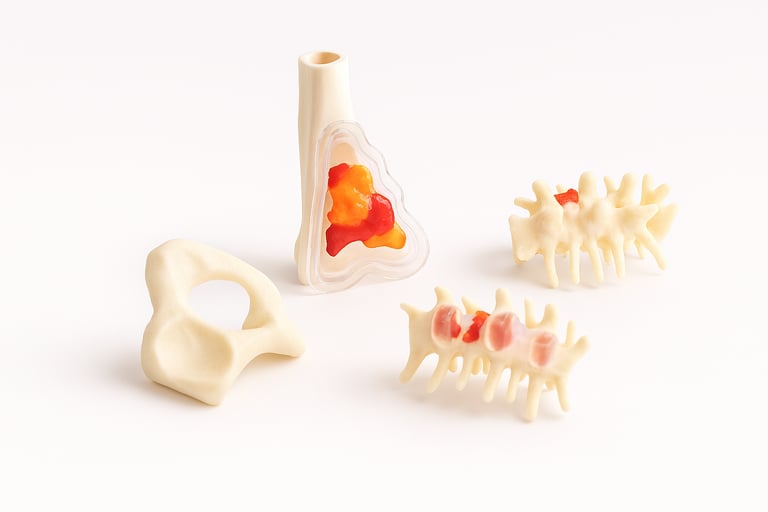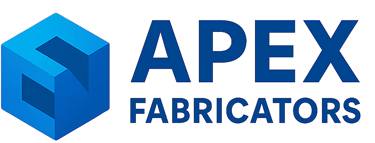Reducing Surgical Anxiety with 3D Printed Medical Models
Studies show that patients facing surgery experience significantly reduced anxiety when they can see and touch a 3D-printed model of their own anatomy. 3D printing models help patients visualize and understand their condition, families gain confidence in the surgical process, and Children undergoing procedures feel more prepared and calm
6/30/20251 min read


The Importance of Reducing Surgical Anxiety
Surgical procedures, whether minor or major, can evoke significant anxiety in patients. The uncertainty surrounding surgery can lead to heightened stress levels, which may not only affect the mental well-being of a patient but can also influence physical health outcomes. In our dedication to improving patient experiences, it is essential to explore innovative approaches to mitigate this anxiety.
3D Printed Medical Models: A Game-Changer
At Apex Fabricators, we are at the forefront of utilizing cutting-edge technology, specifically 3D printing, to enhance the surgical journey for patients. Studies indicate that when patients are given the opportunity to physically interact with a 3D-printed model of their anatomy, their anxiety levels significantly decrease. The visual and tactile engagement helps demystify the surgical process, enabling patients to better understand what will occur during their operation.
Enhancing Patient Outcomes Emotionally and Physically
Not only do 3D printed models clarify the surgical procedure, but they also foster trust between patients and their healthcare providers. Patients who have the chance to visualize their specific condition can ask more informed questions, allowing medical professionals to address concerns thoroughly. This collaboration often leads to improved emotional readiness for surgery, as patients feel more in control of their situation.
Furthermore, the applications of 3D printing extend beyond just pre-operative education. Post-surgery, these models can serve as tools for rehabilitation and recovery discussions, as they can effectively illustrate changes that have occurred within the body. By integrating 3D models at various stages of the medical process, we reinforce a continuous connection with the patient's unique anatomical story.
The integration of 3D printed medical models into surgical practices represents a transformative shift. They provide not merely a physical representation of a patient's anatomy but also cultivate a deeper emotional connection and understanding of what lies ahead. As we continue to embrace this technology at Apex Fabricators, our commitment to enhancing patient outcomes—both physically and emotionally—remains unwavering. In closing, embracing 3D printing in medicine is about unlocking the potential to reduce anxiety and improve the overall patient experience.
